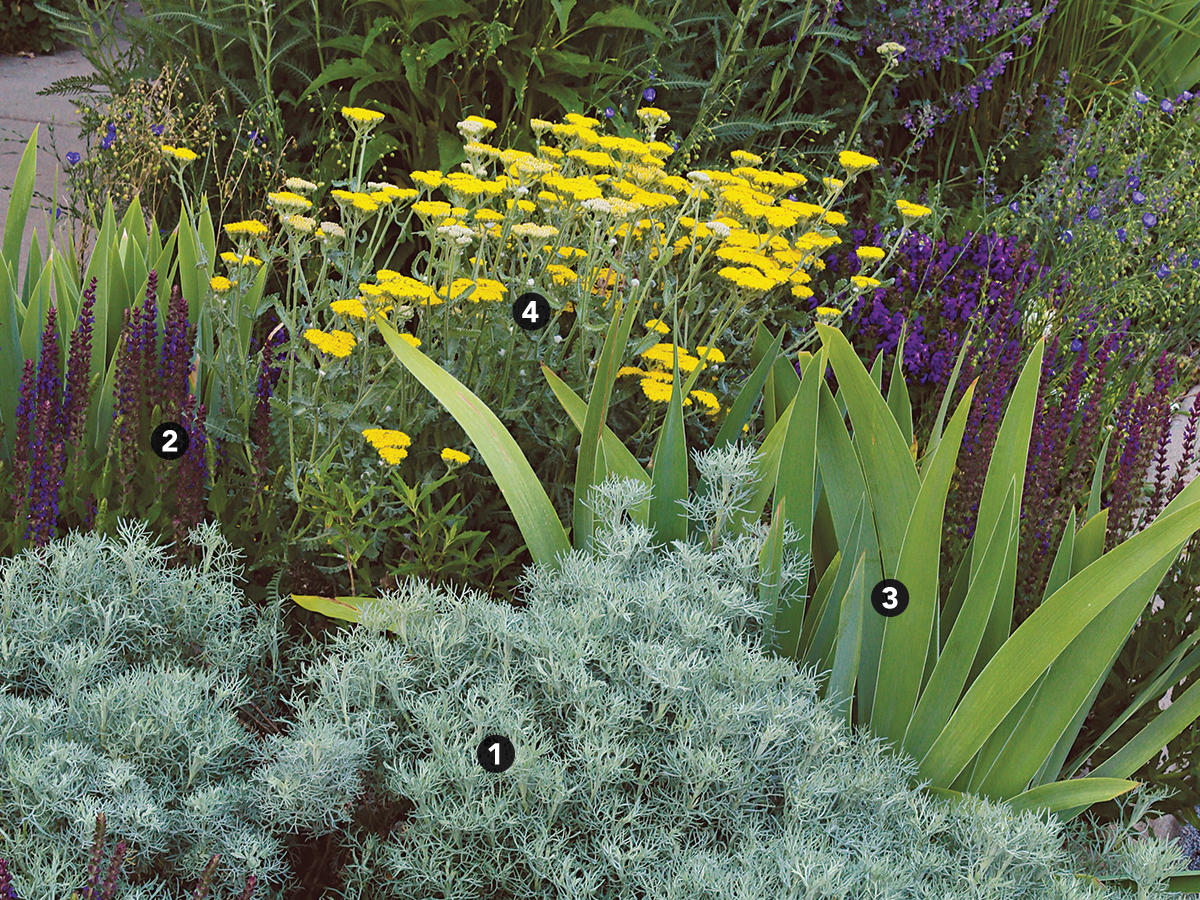
Subheading: Embracing Drought-Tolerant Garden Design
Drought-tolerant garden design presents an innovative approach to landscaping that conserves water while maintaining aesthetic appeal. These gardens feature plant selections and landscape elements suited to arid conditions, offering sustainable and environmentally friendly solutions for modern landscapes.
Subheading: Selecting Drought-Resistant Plants
Choosing the right plants is the foundation of a drought-tolerant garden. Opt for species that thrive in low-water conditions, such as succulents, native grasses, Mediterranean herbs, and drought-resistant shrubs. These plants require minimal irrigation and are resilient in dry climates.
Subheading: Water-Efficient Landscaping Techniques
Implementing water-efficient landscaping techniques is crucial in drought-tolerant design. Mulching, xeriscaping principles, and grouping plants with similar water needs help retain moisture in the soil, reduce evaporation, and minimize water usage.
Subheading: Designing with Hardscape Elements
Integrating hardscape elements like gravel pathways, decorative rocks, and permeable paving reduces the area that requires watering. These elements complement the greenery while minimizing water demand in the landscape.
Subheading: Soil Preparation and Conservation
Preparing the soil to retain moisture is essential. Adding organic matter like compost improves soil structure, enhances water retention, and supports plant growth. Conserving moisture through proper soil management is integral to a successful drought-tolerant garden.
(Subheading: Explore more about Drought-Tolerant Garden Design to discover sustainable landscaping techniques.)
Subheading: Efficient Irrigation Systems
Implementing water-efficient irrigation systems like drip irrigation or soaker hoses delivers water directly to the plant roots, minimizing waste through evaporation or runoff. Smart irrigation technology further optimizes water usage based on plant needs.
Subheading: Grouping Plants by Water Needs
Grouping plants with similar water requirements optimizes irrigation efforts. By creating zones based on water needs, it’s possible to provide adequate hydration while minimizing water use in areas that require less.
Subheading: Maintenance and Care
Regular maintenance ensures the longevity of a drought-tolerant garden. Pruning, monitoring soil moisture, and periodic inspection for pests or diseases are essential to sustain healthy plants in low-water conditions.
Subheading: Embracing Sustainable Principles
Drought-tolerant garden design isn’t just about water conservation; it’s a sustainable approach to landscaping. It reduces water usage, supports local ecosystems, and promotes environmental stewardship.
Subheading: Conclusion: Sustainable Beauty in Arid Landscapes
Drought-tolerant garden design offers a harmonious blend of beauty and sustainability. By employing water-efficient techniques, selecting appropriate plant species, and embracing environmentally conscious practices, these gardens stand as testament to sustainable landscaping.
(For comprehensive insights into Drought-Tolerant Garden Design, explore more about creating eco-friendly and stunning landscapes.)








